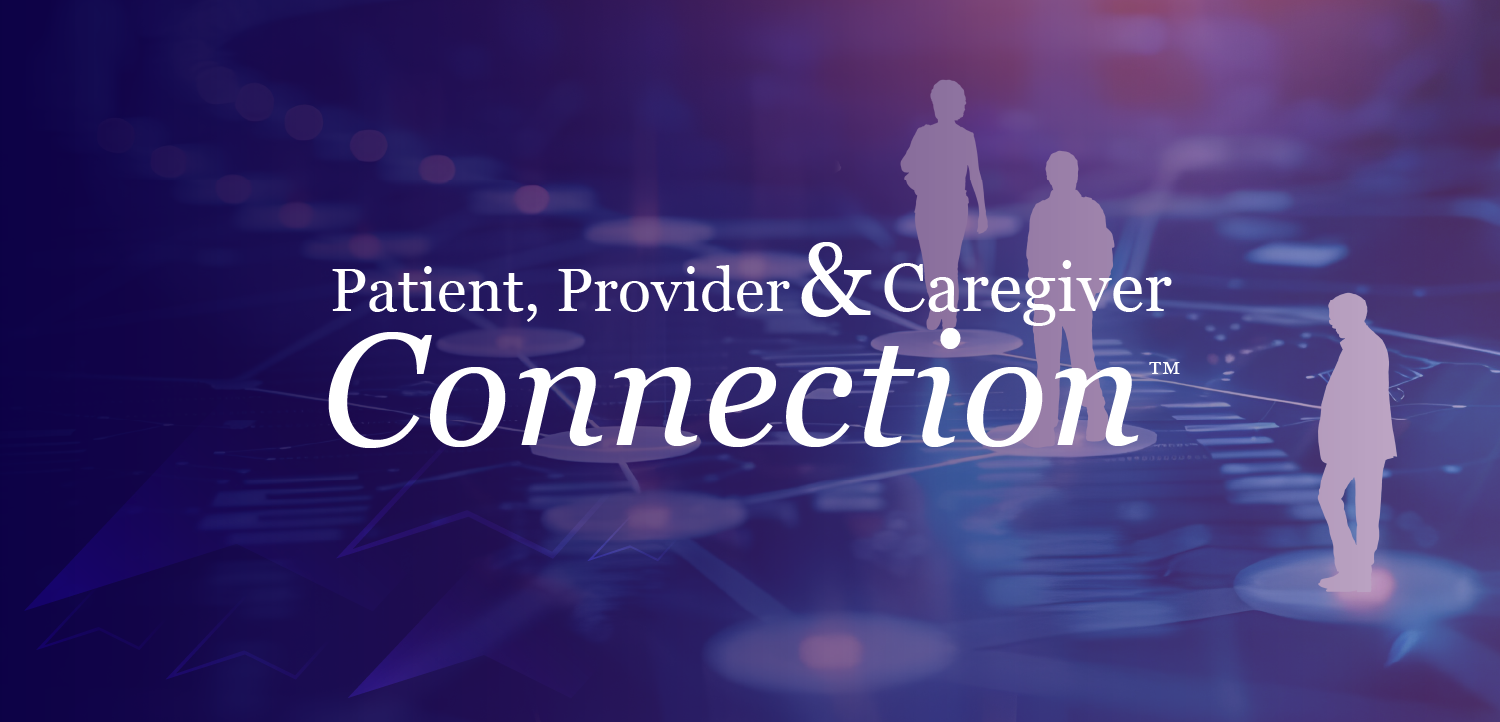
To fight the mounting diabetes epidemic, primary care physicians need and deserve personalized education and support, just like patients
Clinician education can help drive improved outcomes and reduced costs for chronic care management.
With
Fortunately, the crisis isn’t going unnoticed. The health care community is rallying on
However, there is one piece of the puzzle that is still missing.
This lack of familiarity and comfort with emerging innovative devices, as well as feeling unsure about what to do with the data or how to best apply the latest treatment guidelines, can be frustrating and potentially confusing for physicians, and it may mean they are less likely to recommend these therapies and tools to their patients. In turn, this could exacerbate health inequities, create therapeutic inertia, raise nonadherence rates, increase spending on diabetes care, and lead to suboptimal health outcomes for patients. The risks are enhanced as the shortage of endocrinologists forces overwhelmed primary care physicians to become the default diabetes specialists for an entire population, all on top of their other ongoing duties.
It’s time to re-examine the approach to diabetes education for clinicians, particularly in primary care, so they can stay current with care protocols, enable patients to take advantage of the latest devices and technologies, and deliver effective, informed recommendations to patients and their caregivers.
Delivering holistic education that meets providers where they are
The most effective patient-centered education is targeted to each individual’s needs, preferences, and capacity – and the same principles must apply to clinician education.
Clinicians are exceptionally busy people who stretch themselves to the limit during working hours and then use their time off to keep up with what’s happening in the field.
To make their learning process as adaptable as they are, education should be available live or on demand in various formats – whether that’s office visits, full-length webinars, “snackable” facts and infographics, podcasts for on-the-go listening, or short videos that are shareable on professional social media networks.
Regardless of the format, clinician-focused education should be comprehensive and holistic, with a strong focus on the social determinants of health that are responsible for
Incorporating unbiased lessons on digital health and personal medical devices
Technology is more important than ever in diabetes management, yet clinician education on insulin pumps, CGMs, and other digital health tools has largely been left up to the manufacturers of these devices. While this education is typically evidence-based and clinically appropriate, it can also leave gaps in knowledge about the full range of options available to the patients these clinicians serve.
Providers need brand-agnostic resources delivered for clinicians and by clinicians, especially in light of
Provider organizations and health plans should collaborate with unbiased partners who can provide educational resources to clinicians that aren’t limited to specific brands or types of technologies. These partners should also be able to offer insight into identifying the patients who can benefit the most from CGMs and other devices without being motivated by the sales of specific products. And they should also be well-versed in best practice approaches to clinician education and patient education and coaching so that they can support both of these audiences when it comes to keeping up with the latest emerging care and device innovations specific to diabetes prevention and care.
Aligning clinician education with the real world of patient care
Education about device data analytics and clinical guidelines are important, but so are lessons in how to coach patients and solve real-world problems in diabetes self-care.
For example, clinicians don’t just need to teach patients how to operate the buttons for a specific CGM device. They also need to be familiar with how to keep a sensor attached to the skin for the right amount of time, how the app for their CGM device works with the app for their insulin pump, or what to do when experiencing a device malfunction.
Clinicians may also need assistance with creative problem-solving for patients experiencing additional limitations, such as low vision or limited mobility, as well as deploying culturally and socioeconomically sensitive strategies for recommending dietary changes, managing medications, and engaging caregivers in healthy lifestyle changes. Incorporating these issues into clinical education can strengthen the crucial bonds of trust that are foundational for a successful, fulfilling patient-provider relationship.
As diabetes becomes ever more common among patients of all ages and backgrounds, clinician education must be at the core of the industry’s efforts to improve outcomes and reduce costs. The clinical workforce needs access to objective, targeted, holistic, and actionable lessons on the latest in digitally driven diabetes care to maximize limited resources and ensure that every individual with diabetes gets the coaching and support they need to successfully manage their condition.
Arti Masturzo, MD, is chief medical officer at
Newsletter
Stay informed and empowered with Medical Economics enewsletter, delivering expert insights, financial strategies, practice management tips and technology trends — tailored for today’s physicians.



















